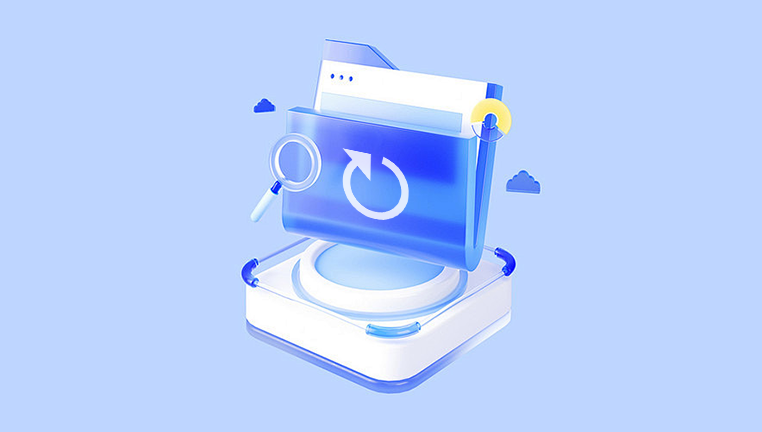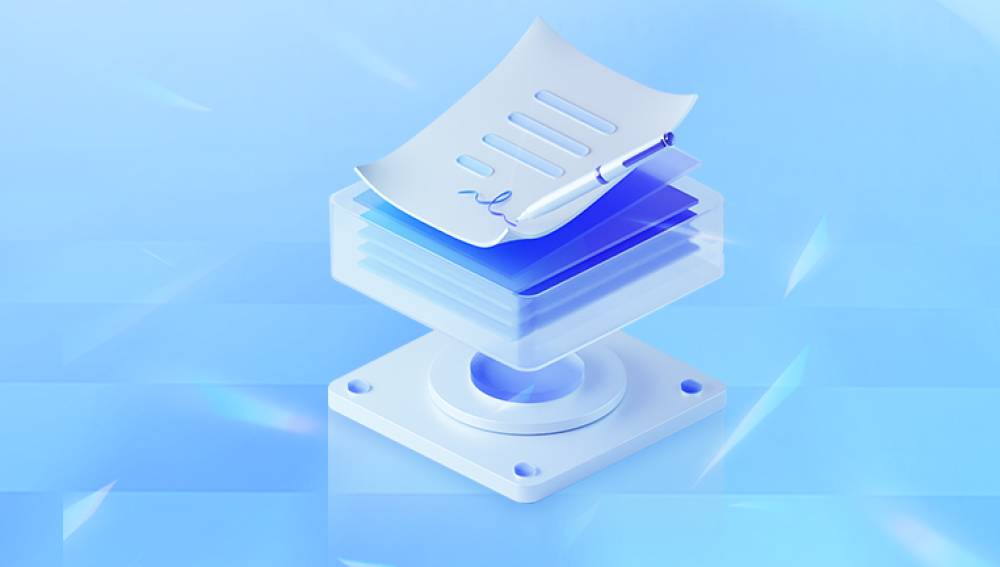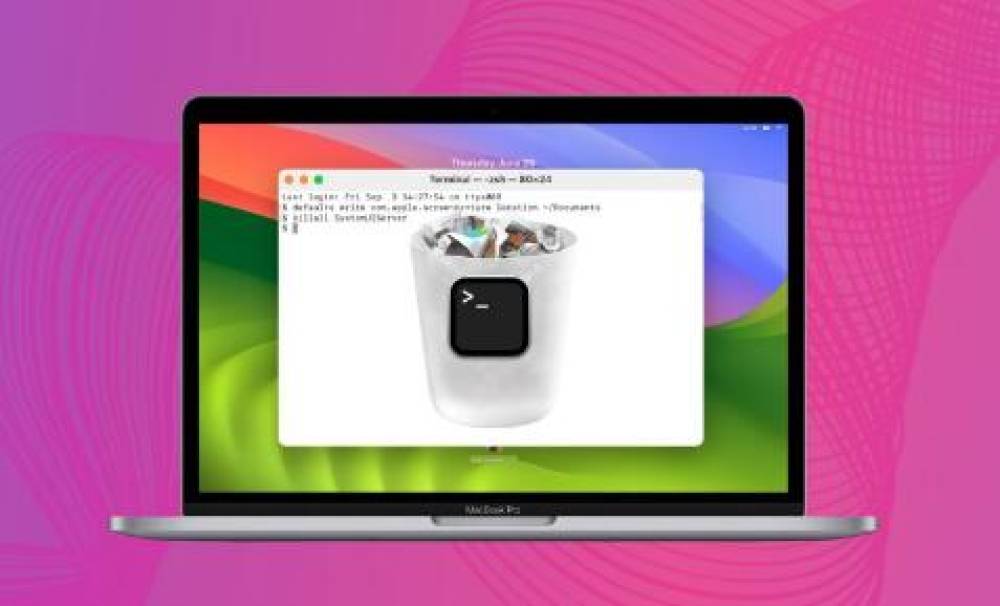Dropbox is one of the most widely used cloud storage services in the world. It allows you to store, sync, and share files with ease across devices. However, even with such a reliable platform, mistakes can happen. You might delete a file accidentally, lose it during syncing, or find it missing after a collaborative project. The good news is that Dropbox offers robust file recovery options but only if you know where to look and what steps to take quickly.
How Dropbox Handles Deleted Files
To successfully recover a deleted file, it helps to understand how Dropbox manages file deletions.
When you delete a file or folder from Dropbox, it’s not permanently removed immediately. Instead, Dropbox moves it to a hidden "Deleted Files" archive. For individual users, these deleted files are retained for 30 days by default. If you're subscribed to Dropbox Professional or Dropbox Business, this retention period extends up to 180 days, depending on your plan and admin settings.

Dropbox’s version history and deletion recovery system make it possible to:
Recover a deleted file.
Restore a previous version of an edited file.
Recover deleted folders.
Retrieve content deleted by collaborators.
The key is acting within the retention window.
Scenarios That Can Lead to File Deletion
There are several ways a file might get deleted or go missing in Dropbox:
Accidental Deletion: You or a collaborator deleted the file unknowingly.
Folder Removal: Deleting a parent folder removes all its contents.
Unlinking or Sync Errors: Desynchronization during an upload can cause a file to disappear.
Device Issues: A failed sync or app crash could remove or corrupt files.
Malicious Actions: In rare cases, a third party with access might delete your files.
Understanding the context helps you better trace the recovery path.
Method 1: Recover Deleted Files via Dropbox Web Interface
The most straightforward way to restore a deleted file is through Dropbox’s website.
Steps:
Open your browser and go to https://www.dropbox.com.
Log in with your Dropbox account.
In the left sidebar, click on “Deleted files.”
Locate the file or folder you want to recover.
Select the checkbox next to it and click “Restore.”
Dropbox will restore the file to its original location in your Dropbox directory.
Search Tips:
Use the search bar to locate files by name.
You can filter by date of deletion or file type.
If you're unsure of the file name, look through folders that were recently deleted.
This method is accessible to all users and doesn't require administrative privileges unless your team has custom policies.
Method 2: Use Version History to Restore an Earlier Version
Sometimes a file isn’t deleted—it’s overwritten or edited. Dropbox keeps track of prior versions, allowing you to roll back to an earlier state.
Steps:
Go to https://www.dropbox.com and sign in.
Navigate to the file in your Dropbox.
Click the “…” (three-dot) menu beside the file.
Select “Version history.”
Choose the version you want to restore and click “Restore.”
This is particularly useful for documents, spreadsheets, and collaborative files.
Method 3: Recover Deleted Files Using the Desktop App
Dropbox’s desktop app syncs your local files with the cloud. While you can’t directly recover deleted files through the desktop interface, you can be notified of deletions.
Steps:
Open the Dropbox desktop app.
Go to the system tray and click the Dropbox icon.
Click the notification or bell icon.
Review recent activity, including deleted or modified files.
If you see the deletion log, click it to open Dropbox in your browser.
Follow the same steps from the Web Interface method to restore it.
This approach helps you track down what happened and who deleted the file.
Method 4: Recover Deleted Files from Mobile Devices
While the Dropbox mobile app isn’t as feature-rich for recovery as the web version, you can still locate and restore files.
Steps (iOS & Android):
Open the Dropbox app.
Tap the “Search” icon or go to the “Files” tab.
Scroll to the bottom or select “Recently Deleted” (if available).
Tap the file and choose “Restore.”
Note: Not all mobile versions show deleted files. If needed, switch to the desktop site in a mobile browser.
Method 5: Recovery via Dropbox Business Admin Console
If you’re using Dropbox Business, team admins have broader recovery tools.
Steps:
Sign in at https://www.dropbox.com/team/admin.
Click “Content” or “Activity.”
Search for the deleted file or folder.
Use filters to narrow results by user or time.
Select the item and click “Restore.”
Admins can also restore files deleted by team members and see full activity logs.
Method 6: Restore Files Deleted from Shared Folders
If the file was part of a shared folder, recovery works similarly.
Key Points:
Any member with edit access can delete files.
However, only the file owner or admin can restore deleted items.
To restore:
Go to the shared folder’s location in Dropbox.
Use the “Show deleted files” option (found via the “…” menu).
Find the deleted file and click Restore.
Dropbox logs changes made by collaborators, so you’ll see who deleted what and when.
Method 7: Restore from Extended History (Dropbox Professional or Business)
If it’s been more than 30 days since deletion and you have an upgraded plan, you might still recover the file.
For Dropbox Professional or Business users:
Log into your account.
Access the Deleted files section.
Use the date filter to go back beyond 30 days.
Locate and restore the file.
Admins of Business plans can adjust retention settings via the admin console.
Method 8: Contact Dropbox Support
If you're unable to restore a file using the above methods, and you're sure it was deleted within the allowable recovery window, your final step is to contact Dropbox support.
How to reach them:
Go to https://www.dropbox.com/support.
Log in and submit a ticket.
Provide:
File name
Date/time of deletion
Folder location
Account type
Dropbox may be able to assist if the file existed on their servers and fits within retention guidelines.
What If the File Is Outside the Recovery Window?
If 30 days (or 180 days for premium accounts) have passed, Dropbox permanently deletes the file. At that point:
It’s no longer available through their interface.
Not recoverable via support.
May be partially recoverable if previously downloaded or backed up elsewhere.
If the file was synced to your computer, you might try data recovery software on your local device—but this is only possible if you had local copies and Dropbox hadn’t yet synced the deletion across devices.
Preventing Future File Loss in Dropbox
After experiencing a file loss, you’ll want to put measures in place to avoid a repeat. Here are the top practices:
1. Enable File Versioning
Dropbox handles this automatically, but upgrading your plan gives you longer history periods.
2. Regularly Export Files
Periodically export important files to external drives or other cloud services as backups.
3. Use Selective Sync Carefully
Selective Sync removes files from local storage. If deleted locally and synced, you could lose access in the cloud too.
4. Lock Important Files
While Dropbox doesn’t have a file lock for individuals, Dropbox Business allows file locking in shared folders to prevent unwanted edits or deletions.




